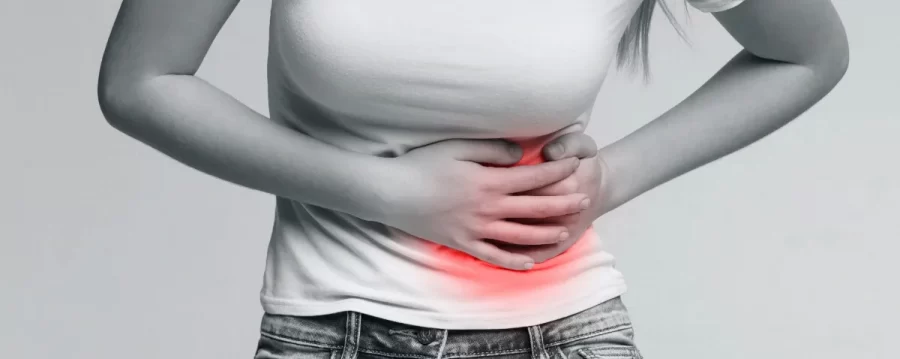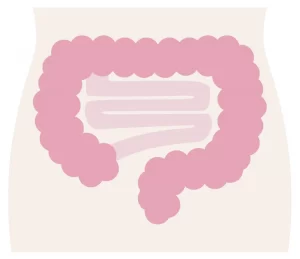Osteopathy is recommended for pregnant women

There is no greater moment of happiness than pregnancy.
The fruit of your partner’s love is in your belly, and there is no other moment in a couple’s life when they can experience such happiness. However, pregnant women are also concerned about the risks involved and often feel anxious.
They worry about whether they will have a difficult birth and have to suffer for days, or whether the foetus will pass smoothly through the birth canal.
Many mothers are traumatised by back pain, headaches, hip pain and knee pain during pregnancy and do not want to be pregnant again.
They also worry about having to have a caesarean section if the birth is difficult, although they would prefer to have a natural birth.
Caesarean section also carries the risk of bacterial infection of the amniotic fluid, which can be worrying for both mother and child. What we recommend is a procedure called osteopathy, which reduces these risks associated with pregnant women.
Osteopathy is a manual method of care that considers the body as a unit and is based on the interrelationship between function and healing.
Osteopathy reduces risks for pregnant women
During pregnancy, there are many restrictions, such as not being able to take Western medicine for colds and flu, strenuous exercise, and not being able to undergo any kind of acupuncture or massage treatment.
If there is any physical discomfort, the only option is to lie down and sleep, which may worsen the commercial situation.
In these cases, osteopathy, a treatment method based on principles, is recommended.
With a gentle, soft touch, the joints, spine, pelvis, tendons and muscles are brought back to their original position and the accompanying internal organs are restored to their original position, so that their functions are restored, blood flow is improved, the natural healing power is increased and the pregnant woman’s discomfort is gradually improved.
At the same time, osteopathy is said to reduce all risks associated with pregnancy and childbirth.
As mentioned above, data has shown that osteopathy can easily result in a natural and safe birth, with an average time of about three hours, rather than a difficult birth. Of course, the back pain and hip pain experienced during pregnancy are also reduced and the trauma of pregnancy disappears.
Summary.

Osteopathy also reduces the risks associated with pregnant women and childbirth. It is a gentle manual method based on the idea of the body as a unit and the interrelationship between function and healing, and reduces the problems, pain and risks specific to pregnant women, such as dystocia, hip dysplasia and back pain.
Osteopathy can also help the body safely recover from problems during pregnancy.
This is because the treatment helps the internal organs to return to their original position, improves blood flow and enhances the body’s natural healing powers.










